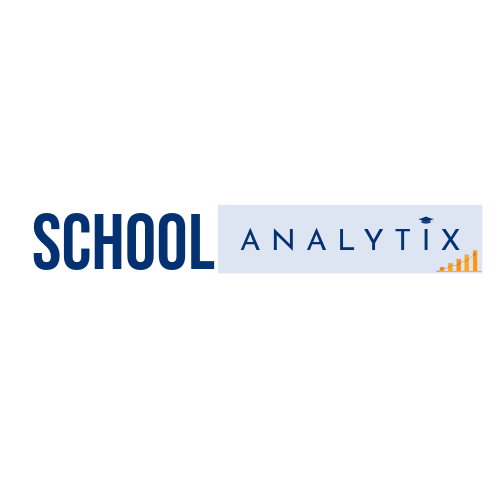Identifying gifted and talented students is essential for providing them with appropriate educational opportunities and support to maximize their potential. However, traditional methods of identification, such as teacher recommendations and standardized testing, may not capture the full spectrum of giftedness or consider diverse talents and strengths. This detailed article explores the use of data analytics to identify gifted and talented students, examining key strategies, challenges, ethical considerations, and implications for educational practice and policy.
Understanding Giftedness: Giftedness encompasses a wide range of intellectual abilities, talents, and potential for high achievement across various domains, including academic, creative, artistic, and leadership abilities. Gifted and talented students may demonstrate exceptional performance, creativity, problem-solving skills, and motivation beyond their age peers, requiring differentiated instruction and enrichment opportunities to meet their unique learning needs.
Key Strategies for Identifying Gifted and Talented Students:
Data Mining and Analysis: Utilizing data mining techniques to analyze academic performance, standardized test scores, grades, and other indicators of achievement to identify students who exhibit exceptional abilities or patterns of excellence across multiple subject areas.
Talent Development Profiles: Creating talent development profiles or portfolios that capture evidence of students’ talents, interests, passions, and accomplishments beyond traditional academic measures, such as awards, projects, extracurricular activities, and community involvement.
Assessment of Potential: Implementing dynamic assessment methods, such as performance tasks, problem-solving challenges, creativity tests, and talent development assessments, to identify students’ potential for high achievement and creative thinking.
Teacher and Peer Nominations: Soliciting teacher and peer nominations to identify gifted and talented students based on observed behaviors, characteristics, and indicators of advanced cognitive abilities, such as curiosity, independence, persistence, and leadership qualities.
Parent and Self-Reported Data: Collecting parent and self-reported data on students’ interests, strengths, preferences, and aspirations to gain insights into their talents, motivations, and areas of potential excellence.
Challenges and Considerations:
Equity and Access: Ensuring equity and access in the identification process by addressing biases, cultural differences, and systemic barriers that may disproportionately impact underrepresented groups, including students from low-income families, minority backgrounds, and English language learners.
Comprehensive Assessment: Designing comprehensive assessment tools and methodologies that capture the diverse talents, strengths, and potential of gifted and talented students beyond traditional academic measures and standardized testing.
Data Privacy and Security: Safeguarding the privacy and confidentiality of student data collected for identification purposes, adhering to ethical guidelines, and ensuring that data analytics processes are transparent, accountable, and compliant with relevant regulations.
Professional Development: Providing professional development opportunities and training for educators, administrators, and stakeholders involved in the identification process to enhance their awareness, understanding, and capacity to recognize and support gifted and talented students effectively.
Holistic Approach: Adopting a holistic approach to identification that considers multiple sources of evidence, diverse perspectives, and individualized assessment methods to capture the complexity and multifaceted nature of giftedness.
Implications for Practice and Policy:
Differentiated Instruction: Tailoring instructional strategies, curriculum design, and enrichment opportunities to meet the diverse learning needs, interests, and talents of gifted and talented students identified through data analytics.
Early Intervention and Support: Providing early intervention and support services to gifted and talented students to nurture their talents, foster their potential, and address their unique social, emotional, and academic needs from an early age.
Equity and Inclusion: Promoting equity and inclusion in gifted education programs by implementing inclusive identification practices, providing access to resources and support services for underrepresented populations, and fostering a culture of diversity and acceptance.
Continuous Evaluation and Improvement: Monitoring the effectiveness of identification processes, intervention strategies, and programmatic initiatives through ongoing evaluation, feedback, and data analysis to inform continuous improvement efforts and ensure equitable outcomes for all students.
Conclusion:
Leveraging data analytics to identify gifted and talented students offers a promising approach to recognizing and supporting their unique abilities, interests, and potential for high achievement. By adopting key strategies, addressing challenges, and embracing ethical considerations, educational stakeholders can enhance the effectiveness, equity, and inclusivity of gifted education programs and ensure that all students have access to opportunities for intellectual, creative, and personal growth. Ultimately, investing in the identification and support of gifted and talented students benefits not only the individuals themselves but also society as a whole, fostering innovation, excellence, and diversity in education and beyond.









